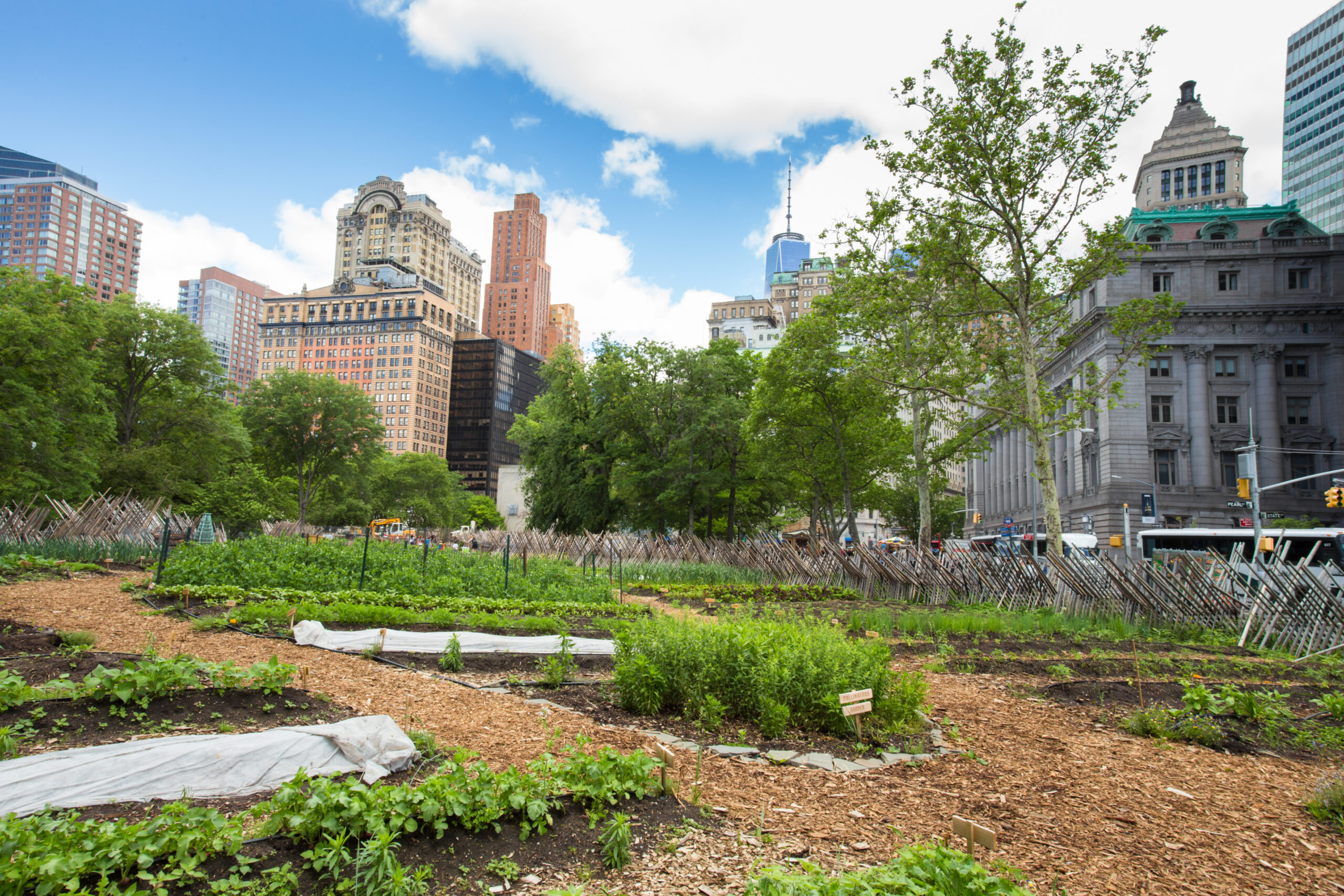City Blooming - The Facts
City Blooming - The Facts
Blog Article
City Blooming Fundamentals Explained
Table of ContentsOur City Blooming PDFsSee This Report about City Blooming8 Easy Facts About City Blooming ExplainedWhat Does City Blooming Do?Things about City Blooming
Interested in expanding food to buy in the City of Chicago? Thinking of beginning an area yard? Modifications to the Chicago Zoning Ordinance allow farming uses like neighborhood yards and city farms in several parts of the city. Below is a list of often asked questions pertaining to the guidelines and laws that cultivators should think about when intending an urban agriculture task.
The zoning amendment does not customize any kind of other codes taking care of composting, structure licenses, acquiring or leasing City had property, company licenses or ecological contamination. There are existing codes that manage these concerns and they remain completely impact and might apply to your job. Area yards are commonly owned or taken care of by public entities, civic companies or community-based companies and kept by volunteers.
Urban farms grow food that is meant to be offered, either on a not-for-profit or for-profit basis. As a result of their business purpose, metropolitan ranches call for a business license. Yes. A neighborhood garden is enabled to offer excess generate that was expanded on website if the sales are accessory or secondary to the yard's main objective defined over.
All About City Blooming
The quantity of compost product can not go beyond 25 cubic yards at any type of given time according to the requirements in 7-28-715 of the City's Municipal Code. Since the dirt at many new yard websites needs changing, garden compost, soil, timber chips, or various other materials can be acquired to construct or boost the growing room.

If a structure authorization is required then the hoophouse will certainly be thought about an accessory building. You can locate out more about the structure license demands by getting in touch with the Department of Structures. The 25,000-square-foot size restriction is meant to stop a solitary community yard from controling an offered block or interfering with the block's existing property or commercial personality.
The limit does not apply to gardens situated in Public Open Space (POS) districts. Can there be more than one area yard that is 25,000 square feet on a solitary block? Yes. The dimension restriction puts on private gardens, not to individual blocks. No. Secure fencing is not needed, nevertheless, yards that have big parking lot might be required to mount fence or various other landscaping features.
Things about City Blooming
B1 & B2 areas need that all business usage tasks be performed inside. Is fencing required for urban farms? Fences may be required, along with landscaping and screening, for certain vehicle parking locations and outside work or storage areas depending on place and the certain activity taking place.
Yes. Urban farms need structure permits and zoning authorizations before construction. Various other kinds of city review might be required depending upon particular frameworks, tasks, size, landscaping, licensing, public heath and stormwater monitoring concerns. Most of these requirements are determined in the job layout or allowing process, nevertheless, the applicant might be responsible to separately determine details licenses or allows that might be required.
Yes. The sort of certificate is explanation established by what is taking place at the website. The Division of Service Matters and Customer Protection can help determine the specific kind of business license that's called for. Yes. Off road car park is needed for a lot of commercial jobs in Chicago. The needed number of vehicle parking areas is based on the variety of staff members functioning on site and not the square footage of the expanding room.
The 6-Second Trick For City Blooming

Yes. A metropolitan farm can market compost material produced on website, nonetheless, the procedure must follow the guidelines in 7-28-715 of the Chicago Municipal Code. Yes. Aquaponic systems are permitted indoors on metropolitan ranches in many zoning districts. A zoning testimonial and structure permit is required in order to install structures or systems and a service certificate is needed as defined over.
Up to five hives or nests of honey bees might be kept as an accessory usage. Nonetheless, beekeepers need to register with the Illinois Department of Farming. To find out more concerning the recommended zoning modification you might get in touch with the Department of Housing and Economic Development, Bureau of Preparation and Zoning at 312.744.8563.
, which takes area in country areas at the edge of suburban areas.
The 8-Second Trick For City Blooming
It can include a motion of organic growers, "foodies" and "locavores", that look for to create social media networks based on a shared values of nature and neighborhood holism. These networks can establish by way of formal institutional assistance, ending up being incorporated right into regional town as a "transition town" movement for lasting metropolitan advancement.
In either case, the a lot more straight access to fresh veggie, fruit, and meat products that might be realised with metropolitan farming can improve food protection and food safety and security while lowering food miles, leading to lower greenhouse gas emissions, thereby adding to environment change mitigation. Some of the first evidence of urban farming comes from Mesopotamia.
Report this page